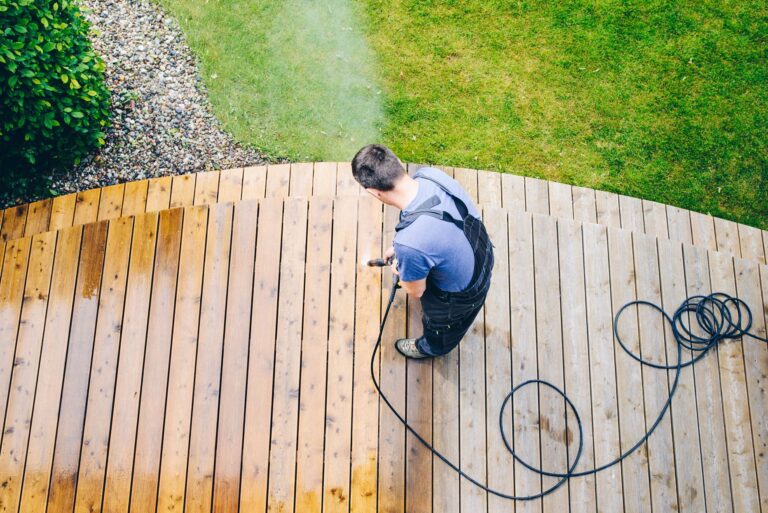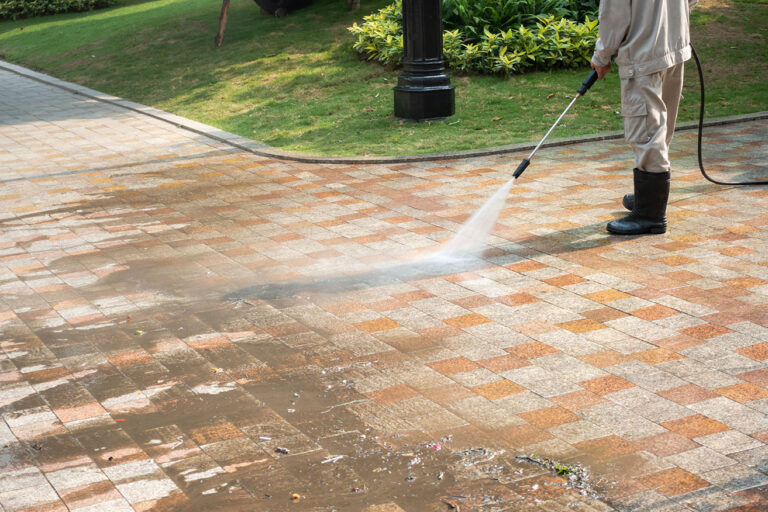Painting with Purpose: How Color Impacts Mood, Productivity, and Home Value
Introduction: The foundation of any successful DIY home improvement project lies in the tools you use. Whether you’re repainting a room, building a shelf, or fixing a squeaky floor, having the right equipment saves time, reduces frustration, and ensures professional-quality results. For homeowners and DIY enthusiasts, investing in essential tools is not just about convenience—it’s about empowering yourself to tackle projects confidently and safely. This article explores the must-have tools for painting, carpentry, and general home upgrades, offering insights into how each item enhances efficiency and precision. By understanding their uses and benefits, you’ll be equipped to build a toolkit that turns daunting tasks into manageable—and even enjoyable—endeavors.
The Importance of Quality Tools in DIY Projects
High-quality tools are a long-term investment. Cheap alternatives may save money upfront, but they often wear out quickly, deliver inconsistent results, or even pose safety risks. For example, a poorly constructed paintbrush can shed bristles onto your walls, while a dull saw requires excessive force, increasing the chance of injury. Prioritize tools made from durable materials like stainless steel, solid wood, or high-density plastics. Brands with strong warranties or repair programs are also worth considering. Remember: the right tool doesn’t just make a job easier—it ensures the job is done right.
Essential Tools for Measuring and Marking
Accuracy is non-negotiable in home improvement. Start with these basics:
- Tape Measure: A 25-foot retractable model works for most tasks.
- Combination Square: Ideal for marking right angles and checking surface alignment.
- Laser Level: Simplifies hanging shelves, artwork, or tiles with precision.
Pro Tip: Use painter’s tape to mark cutting lines on walls or floors—it’s easy to remove and prevents permanent marks.
Must-Have Cutting and Shaping Tools
From trimming baseboards to sanding drywall, cutting and shaping tools are indispensable:
- Utility Knife: Perfect for opening packages, cutting insulation, or scoring drywall.
- Circular Saw: A cordless model offers portability for cutting lumber or plywood.
- Orbital Sander: Delivers smooth finishes on wood, metal, or painted surfaces.
For carpentry, a chisel set (¼-inch to 1-inch) is invaluable for fine detailing and mortise work.
Fastening Tools for Secure Results
Nothing undermines a project like loose joints or wobbly fixtures. Key tools include:
- Cordless Drill/Driver: Look for adjustable torque settings and multiple speed options.
- Hammer and Nail Set: A 16-ounce claw hammer handles most nails, while a nail set sinks them flush.
- Staple Gun: Essential for upholstery, insulation, or securing tarps.
Consider a pneumatic nailer for large projects like decking or framing—it’s a game-changer for speed.
Painting Tools for Flawless Finishes
Avoid streaks and drips with these essentials:
- Angled Sash Brush: Provides control for cutting in edges and corners.
- Roller Frame and Sleeves: Use a 9-inch roller for walls and a 4-inch for trim.
- Paint Edger: Helps achieve clean lines without masking tape.
Always invest in a high-quality drop cloth—canvas is reusable and more slip-resistant than plastic.
Safety Gear: Don’t Skip the Basics
Protecting yourself is as important as protecting your project. Always wear:
- Safety Glasses: Shield eyes from dust, debris, or splattering paint.
- Respirator Mask: Necessary when sanding, spraying paint, or working with adhesives.
- Work Gloves: Choose cut-resistant options for carpentry or insulated gloves for electrical work.
Conclusion: Building a reliable toolkit is the first step toward mastering DIY home improvement. From precise measuring tools like laser levels to versatile fasteners like cordless drills, each item plays a critical role in achieving professional results. Prioritize quality over quantity, and always pair your tools with proper safety gear. A practical takeaway? Start with the essentials listed here, then gradually expand your collection as you take on more complex projects. Remember, the goal isn’t just to complete a task—it’s to enjoy the process and take pride in your work. With the right tools in hand, every home improvement challenge becomes an opportunity to learn, create, and transform your space.







